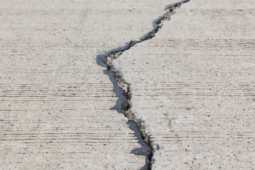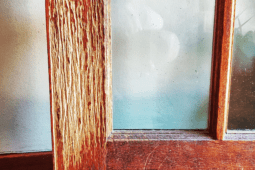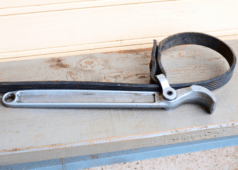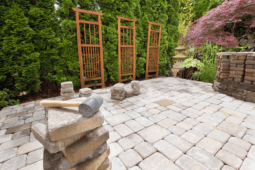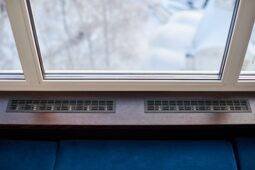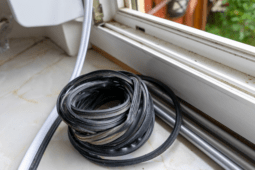6 Painting Tips Every Handyman Should Know
Painting is an essential skill for any handyman. It is an art form that requires patience, precision, and the right tools in order to produce a quality finish. With the right tips, even the most novice of handymen can quickly become proficient in painting, allowing them to confidently take on more projects.
In this article, we will discuss the basics of painting, including the best type of paint to use, proper preparation techniques, and other useful tips that any handyman can use.
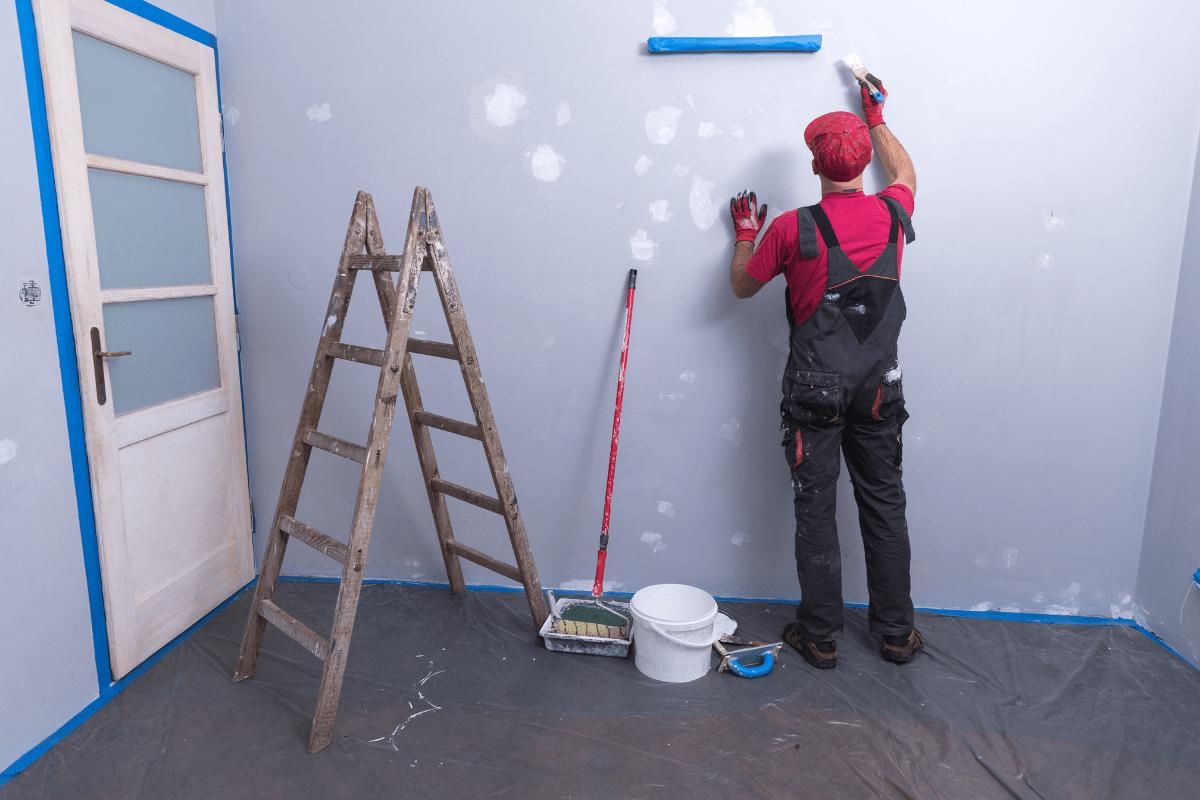
1. Prep the surface
Before you start painting, make sure you prepare the surface you’ll be painting. It’s essential to clean the surface, fill in any cracks or holes, and sand it down to ensure that you get the best painting job possible.
Preparing the surface before painting is essential for a few reasons. Firstly, it helps to create a smooth surface for the paint to adhere to, which can help prevent any imperfections or inconsistencies in the final product.
Secondly, it can help to protect the surface from any potential damage caused by the paint, such as cracking or peeling. Finally, it can help to enhance the longevity of the paint, ensuring it stays looking good for longer. Therefore, prepping the surface before painting is a crucial step to ensure a quality paint job.
2. Choose the right paint
Make sure you get the right type of paint for the surface and the job you’re doing. Different paints have different properties and can be better suited for particular tasks.
Choosing the right paint for your project is vital for a few reasons. First, the right paint will help to ensure that the paint job lasts longer and is more durable. Second, the right paint will be more aesthetically pleasing since it will provide the desired look and feel you are seeking.
Third, the right paint will be more cost-effective since it will be the best quality and require less maintenance. Finally, the right paint will be more environmentally friendly since it will use fewer hazardous chemicals.
3. Use quality brushes and rollers
Investing in quality brushes and rollers can make a massive difference in the quality of your painting job. Cheap brushes and rollers can lead to uneven brush strokes and poor coverage.
This is important because it ensures a uniform and long-lasting finish. Quality brushes and rollers help to reduce the amount of paint used, leading to fewer coats to achieve the desired result. Quality brushes and rollers are designed to hold more paint and to distribute it evenly.
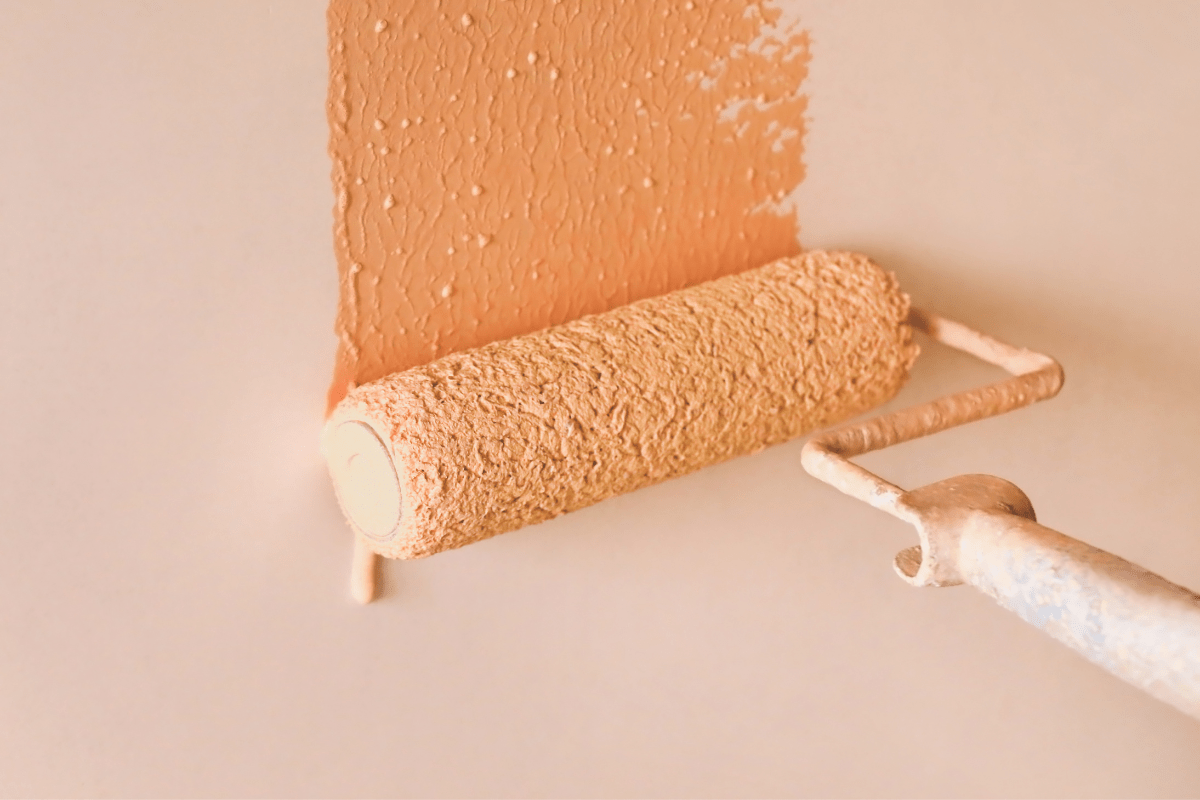
It also helps to reduce the amount of brush and roller strokes needed, leading to a smoother finish with fewer brush strokes. Additionally, quality brushes and rollers can help reduce the amount of time needed for painting, as well as reduce the amount of cleanup needed. All this adds up to a better-looking end product that will last longer.
4. Cut in and roll out
When painting walls and ceilings, it’s important to “cut in” around the edges with a brush and then “roll out” the middle of the wall or ceiling with a roller. This ensures you get an even coat of paint with no brush strokes.
It’s important to cut in and roll out when painting because it helps you to achieve a professional-looking finish. Cutting in is the process of using a brush to paint the edges of the wall where the roller can’t reach. This helps to create a neat, seamless edge.
Rolling out is the process of using a roller to apply paint to the wall in a smooth, even layer. This helps to create a uniform and consistent finish. Cutting in and rolling out may seem tedious and time-consuming, but this technique will ensure that your paint job looks polished and professional.
5. Use primer
Primer is great for ensuring that your paint job looks professional and lasts. Primer helps to bond the paint to the surface and can also help to hide imperfections.
Primer is an important step when painting as it helps to improve the adhesion of the paint to the surface, increases the durability of the paint, and helps to prevent any potential staining or discoloration of the paint.
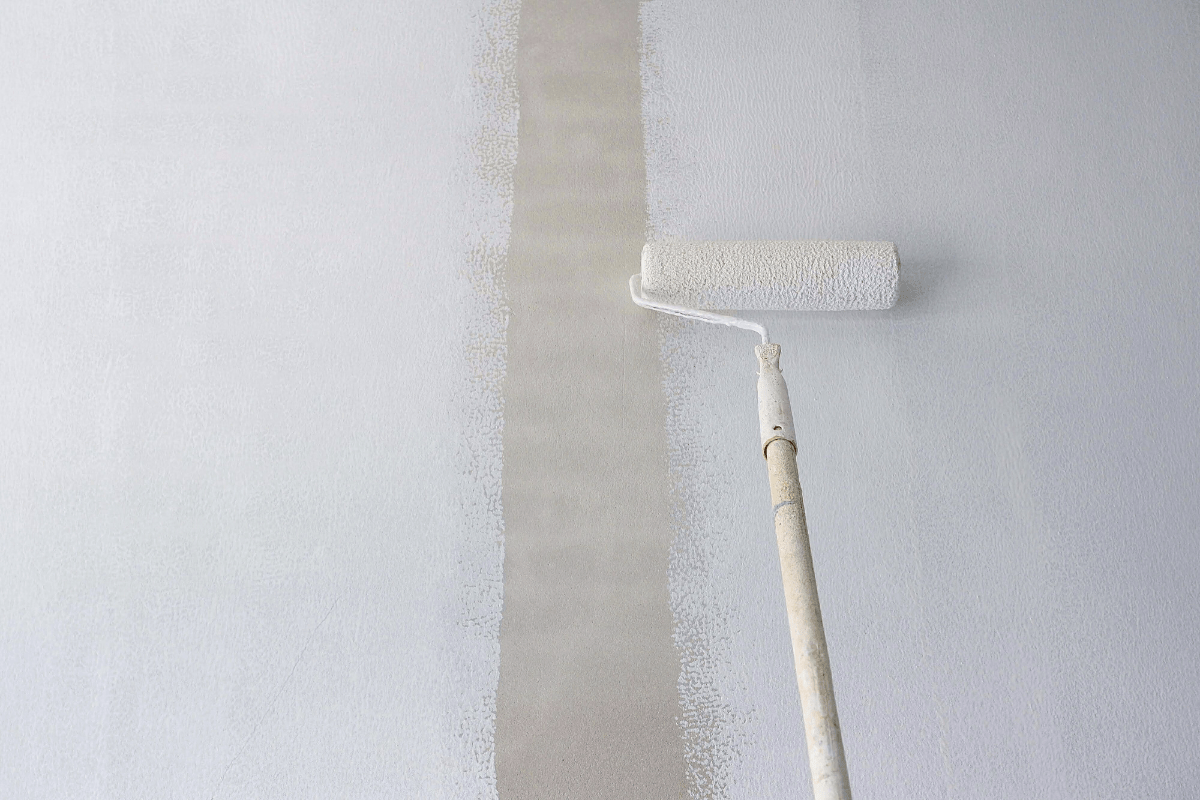
Primer also helps to even out any surface imperfections, making the finish smoother and more even. Finally, primer helps to reduce the number of coats of paint needed, which can help to save time and money.
6. Clean your supplies
Cleaning your supplies after painting is vital to maintain their quality and to ensure that your work looks its best. Doing so will help remove any dirt, dust, or paint residue that may have remained on the supplies, which could affect the end result of your painting.
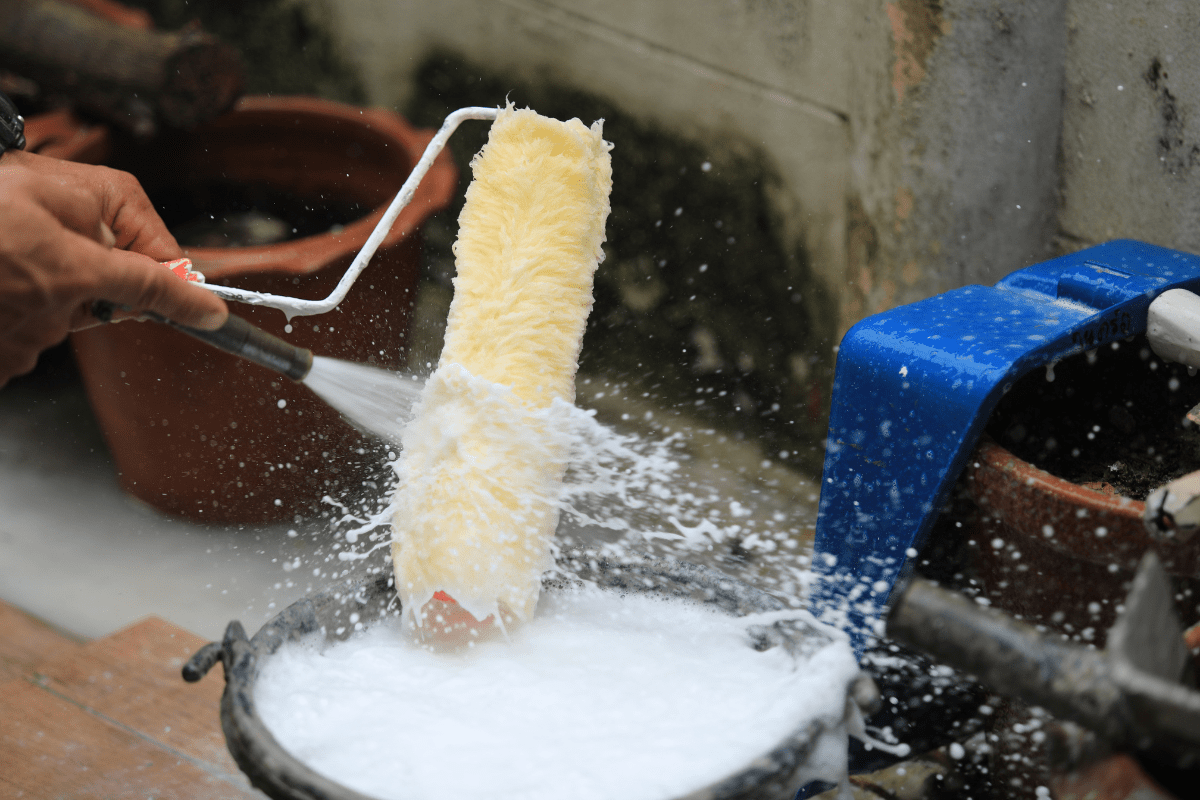
Additionally, it can help keep your supplies in good condition and extend their lifespan so you won’t need to invest in new rollers when you want to start your next paint project!

